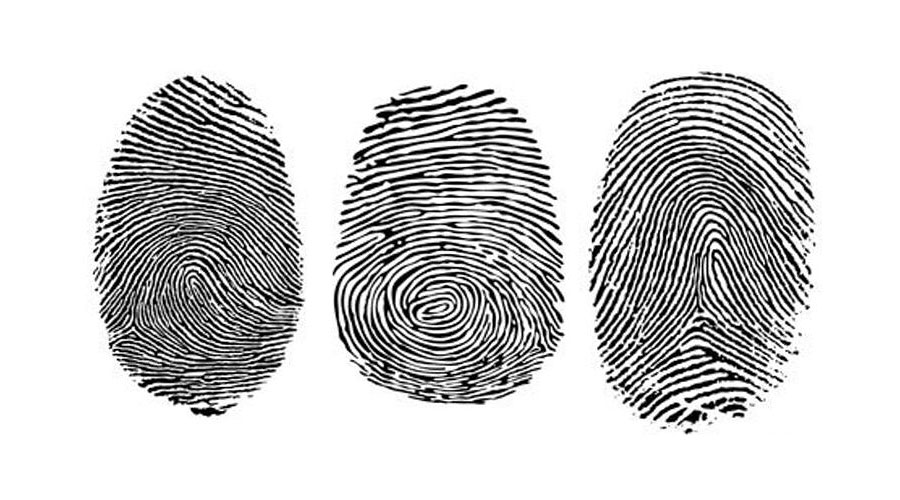We hear people talk about getting fingerprinted for a variety of reasons. But where do these fingerprints go? And when does someone need to get fingerprinted?
Fingerprinting data is sent to the Bureau of Criminal Apprehension (BCA). The BCA compiles fingerprints and other identification data into a criminal database to facilitate connecting individuals to crimes. Fingerprinting data will stay within the BCA’s system until the case has been expunged.
Fingerprinting laws are different for adults and juveniles. For adults, fingerprinting is required under Minnesota law when someone is arrested for, appearing in court on a charge of, or convicted of a felony, gross misdemeanor, or targeted misdemeanor.
Targeted misdemeanors include:
- Driving while impaired (DWI)
- Order for protection (OFP) violation
- Fifth-degree assault
- Domestic assault
- Interference with privacy
- Harassment or restraining order (HRO) violation
- Indecent exposure
- Domestic abuse no contact order (DANCO) violation
Fugitives from justice (someone fleeing the state to avoid prosecution or giving testimony), adults in possession of dangerous weapons, and adults admitted to jails are also required to be fingerprinted. Additionally, fingerprinting must be completed prior to the acceptance of a plea, as well as any time the BCA requires fingerprinting to connect an individual’s current case file to their criminal record.
As with all legal issues, there are many nuances to fingerprinting. If you are charged with a criminal offense or concerned charges may be forthcoming, reach out to one of our attorneys to discuss your options.


